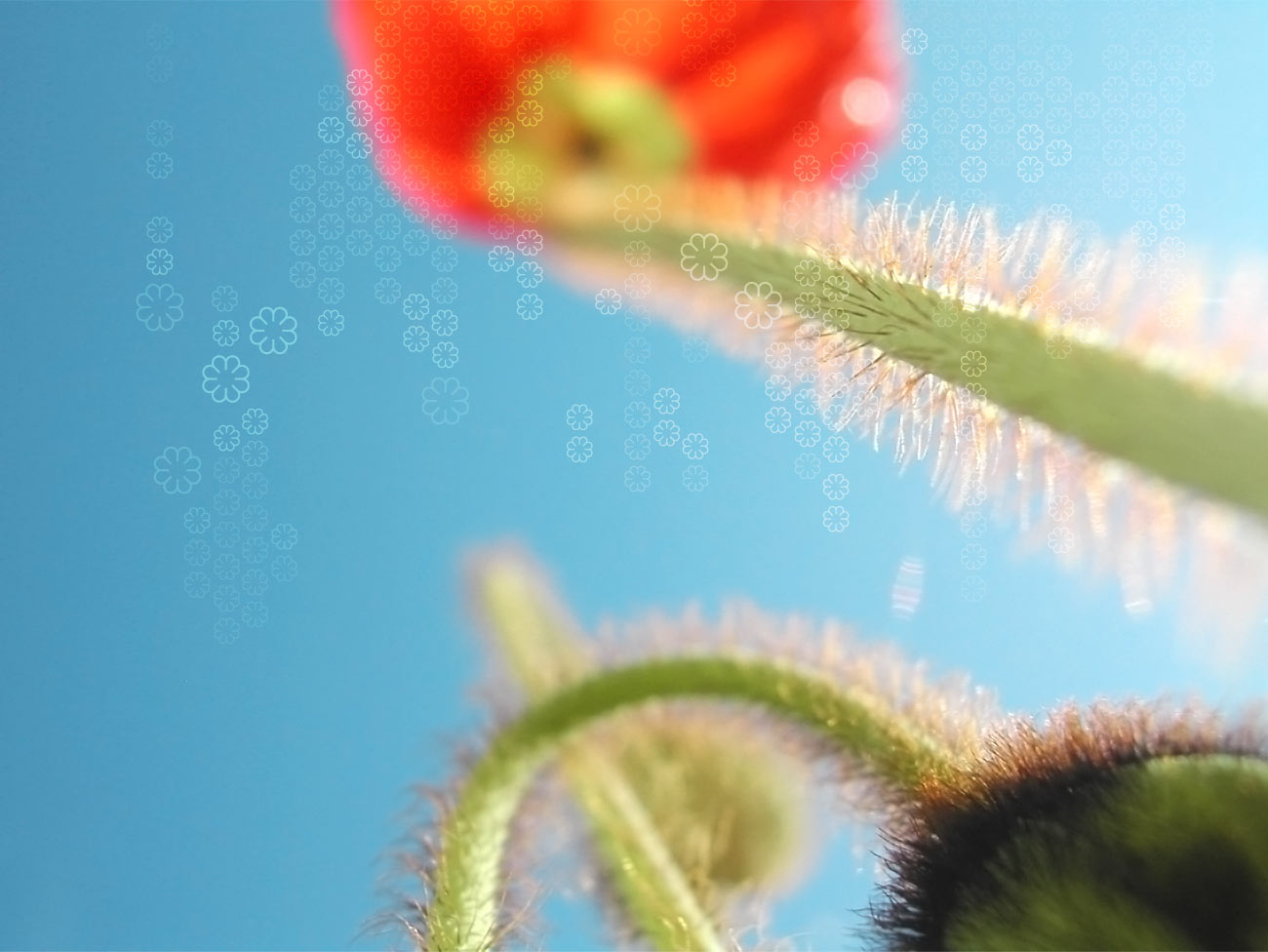
Tips and Tricks
Good to know ...
 |
Hot iron: Iron at maximal sole plate temperature of 200° C. Corresponding to the Cotton / linen setting. Iron whilst damp. Treat and if necessary moisten. Shiny or pressure-sensitive pieces should be ironed with press cloth or ironed inside out. A steam iron may be used. |
 |
Iron at moderate temperature. Iron at maximal sole plate temperature of 150 °C. Corresponding to the wool / silk / polyester / viscose setting. A steam iron can be used. Avoid heavy pressure. |
 |
Iron at low temperature: Iron at maximal sole plate temperature of 110° C. Corresponding to the polyacryl, polyamide ( nylon ), acetate setting. If necessary, shiny- or pressure-sensitive pieces should be ironed inside out. Do not use steam. |
 |
Do not iron: Irreversible changes must be expected if an iron is used. |